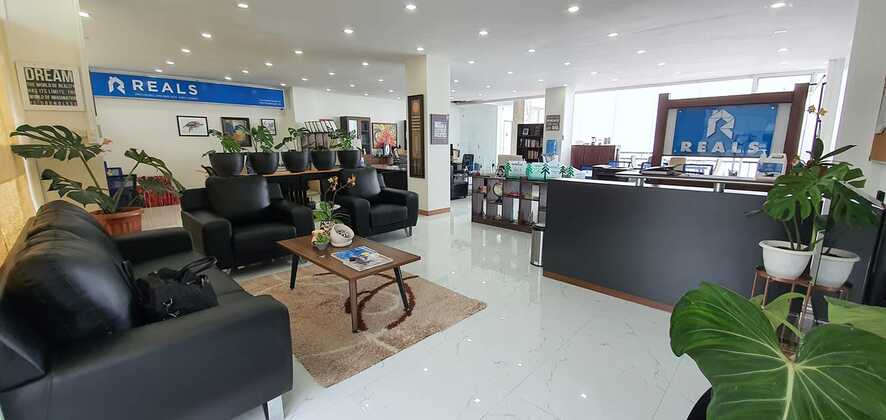|
What Else Can Baguio City Confirm About Its People?
Baguio City does not just own up the hunky rescuer who was featured on ABS-CBN’s Rated K this week. The city has so much good things to confirm. James Rojas, the 21 year old rescuer who became an instant celebrity for being good-looking and notably alert during their rescue operations in Bohol after the recent earthquake, is now one of the flag bearers of the city. Aside from having locals who have got the x- factor, there are other more exciting words that could be associated with people from Baguio. Honest Taxi Drivers Whether the traffic is very slow, the flag down rate in cabs remains P35. Taxi drivers of Baguio are honest people who do not demand for additional charges. They give the exact change to their passengers even if it is a matter of a single peso. They go down and help their passengers when there are lots of cargoes to carry into the vehicle. They are not just honest; they are also reliable. Country Music Lovers While it is true that Nevada Square bars play techno and pop music, homes in Baguio city are always tuned in to country music. Americans who occupied the city introduced country music to locals, and the music genre is still well-loved until these days. One FM station called 99.9 Country plays the hits of Garth Brooks, Taylor Swift, Faith Hill and other artists from the country genre. They Also Wear Modern Clothes Contrary to misinformed notions, people in Baguio City also wear the same clothes with people from Manila, Cebu and Davao. The native g-string and tapis are worn by locals during ceremonies and special events. However on a regular day, a person in Baguio wears pants and t-shirt- the same with anyone. People in Baguio also love winter boots, Russian caps, leather jackets, Levis pants, knitted toppers, and other favorites of a modern man. Bilingual and Good English Speakers Because of the strong American influence, people in Baguio City speak good English. They greet each other and order their food in restaurants in English. Filipino or Tagalog is a lowlander’s language and Baguio people may speak it but the sound a distinct regionalized Filipino. Aside from English, Ilocano is also widely spoken in the city. Because of the people’s English skills, Koreans, Japanese and Chinese nationals arrive in the city to learn English. Thus, English as a Second Language (ESL) centers have mushroomed in the past years giving employment to locals while placing Baguio as one of the most prominent provider of English education to non-English speaking countries. Do you want to be part of the neighborhood in the City of Pines? We have condo units and house and lot properties ready for occupancy for you. We have got you covered if you decide to live in Baguio City as your retirement place or a city where you want to live in. We have a wider range of options for you. Goshen Land, the number one real estate developer in the Cordilleras, has mastered the art and science of building your home in the city. All you need to do is to talk to us, tell us about the desired features of your Baguio home, and we will match your likes to what we have at Goshen Land. Drop us a line now.
0 Comments
Not So Pink Things About the Baguio Cathedral
Before SM City Baguio on top of Luneta Hill took its turn on the spotlight, a humble church was once the attention grabber to people standing on the higher portions of the famous Session Road. Our Lady of Atonement Cathedral, popularly known as the Baguio Cathedral, of the great Roman Catholic Church boasts its pink, rosy façade and magnificent twin towers inviting Christian locals and visitors to have a moment with the Supreme before exploring the other wonders of the chilly city. Undeniably, the Baguio Cathedral is the most popular and the most photographed church in the BLIST (Baguio, La Trinidad, Itogon, Sablan, Tuba) metro and even in the whole stretch of the Cordilleras. Pillars of the Baguio Cathedral History has it that the hill where the Baguio Cathedral is built was called Kampo by Ibaloi natives who originally inhabited the city. The construction of the church started in 1920 after the successful arrival of Belgian missionaries from Congregatio Immaculati Cordis Mariae (CICM) in 1907. CICM is also known for creating and sustaining St. Louis University, one of the top schools in the country, which is located near the Baguio Cathedral. The hilly site of the church was then called Mount Mary. Rev. Fr. Oktaaf Vandelwalle, Fr. Serafin Devesse and Fr. Henry Verbeck worked to start the construction of the church. Rev. Fr. Leo Valdemans was in charge of the draft of the design of the church which was brought to reality by Fr. Adolph Cansse and his team of Igorot carpenters. In 1924, the very prominent twin towers of the cathedral were constructed adding more majestic features to the church. When the Second World War broke, the church became an evacuation center for locals. In 1990, it was renovated and was re-opened in November. Baguio Cathedral as Part of Our Life Standing as the biggest Catholic Church in the city, the Baguio Cathedral hosts major religious activities. It welcomes devotees from all across the country especially during Holy Week. Just like any other major religious establishments, vendors line outside the vicinity of the church to sell rosaries, candles, flowers, beads, crucifixes and other souvenir items. The Baguio Cathedral sits on a very convenient location, near schools, hotels, restaurants, parks and shopping centers making it easy for anyone to visit the church. Masses are conducted every day. On Sundays, there is a schedule for masses that use Ilocano and Filipino languages as medium. The church also hosts christenings, funerals, confirmations, weddings, ordinations and other special occasions. For newbies in Baguio City, the Baguio Cathedral can be reached through hitting their telephone line: 074- 304- 4064, or their email address: [email protected]. The Baguio Cathedral is one of the reasons why people love visiting and staying in Baguio during Holy Weeks and other holidays. If you keep on coming back to Baguio to enjoy the Baguio Cathedral and other exciting offerings of the city, it is best to invest in a second home here in Baguio. We have perfect condo units that you may utilize as vacation homes for your family. To know more, drop us a line now. We have the perfect location of condo for you! 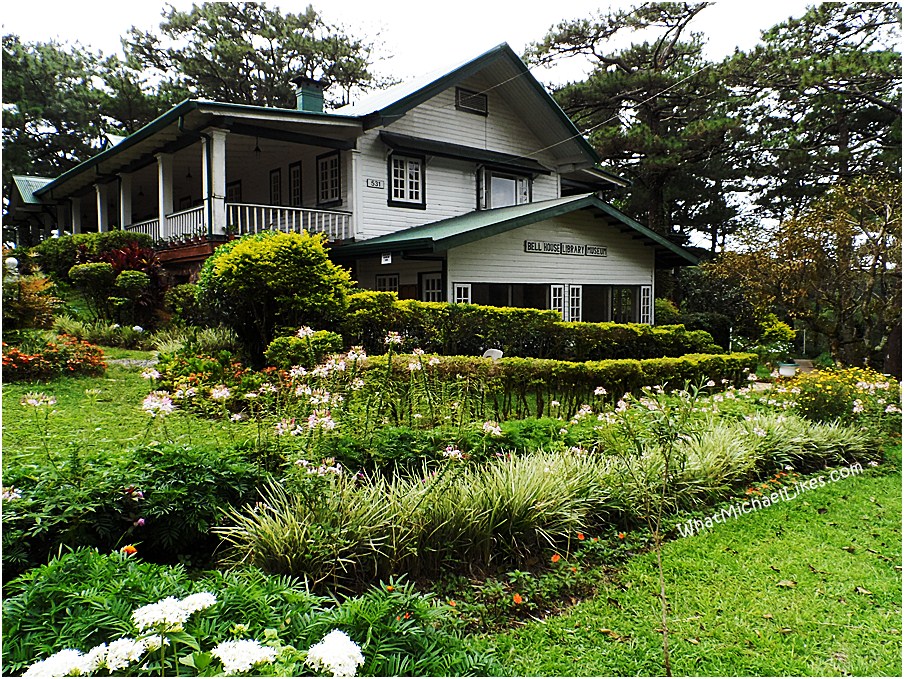 The garden surrounding the Bell House in Camp John Hay is very ideal to suit the cold climate of Baguio City The garden surrounding the Bell House in Camp John Hay is very ideal to suit the cold climate of Baguio City House Management: Landscaping the 'Baguio City' Way By Michael Sta. Ana Last time, we have talked about how your ideal house should look like (you can link to the underlined words my past article about how should an ideal house be like) and somehow making sure that your house can withstand the threats of natural phenomenon (please link the article: The Three Important Tips You Should Never Forget During the Rainy Season) that commonly occurs around your locality. Last time too, we also focused mostly about improving your interior design (please link the article in your website about how to make your house looks bigger), specifically, how to make your house looks bigger. Now, would you think it's already the right time to manage your exteriors? No, I'm not talking about repainting here or rearranging here. This time, we will be designing. Okay, let me 'nail' this thing directly to you. In this article, we'll be focusing on a landscape design that could really suit the climate...more importantly, the Baguio City climate. The climate in Baguio City oftentimes is extremely cold and a little bit warm during the summer. Dew droplets on plants usually form nicely in the morning giving all vegetations a distinct glow once the sunshine strikes. Thus, the weather or climate here in Baguio seems to be the most desirable, even for plants. Let's say, you just bought your new house in Baguio City. The fun part of this is, of course, personalizing all corners and sides of your house. And of couse, you might want to start designing your garden. And now here are some tips that you might want to consider before you start gardening: 1. Choose your plants Like what I have mentioned before, planting and gardening around Baguio City have never been that hard. But, the only difficult part is, choosing what to plant. You don't like to see a garden that's not well-managed and organized, for sure! Flower-bearing plants are the best. Varieties of roses, mansanillas and daisies are some of the good choices. If your house is surrounded by trees, plant them around those trees, or on shady areas. You'll love them for sure specially when they all bloom during the 'Ber' months or during the summertime. However, if you are not a fan of flower-bearing plants, you might want to try growing some cactuses. Small cactuses on pots will surely an eye-catcher while it stir a homey feel. Of course, palm trees is a no-no here. Choose ferns and some shrubs with a strong and sturdy stem and branches. Bonsai too, can be an awesome collection. And, you might also want to plant some sunflowers, since these plants can easily grow on some rocky cliffs and on the mountain sides. 2. Examine Your Soil Mostly, houses in Baguio City has a rocky foundation or it can be standing on top of a hill with a more porous or permeable type of soil. If this is the case, you might need to think about some plants that could easily hold on to rocks or stones. Since houses in this area are also prone to landslides specially during rainy days, cultivating more plants around and within these areas with loose soil could decreases its porousity; thus, decreasing the threat of soil erosion. 3. Accessorize Like a lady who is wearing a cocktail dress alone--without any jewelry at all--during a gala night, you would feel that your garden is incomplete without some woody and rocky accessories. If your house was built near the mountain sides, make use of large rocks or stones that you can easily find around your area. Flattened rocks can also be used to pave and beautify your pathways. Driftwoods and antique furnitures like chairs and tables can also improve the ambience of your garden. Consider putting in some dim lights too. Its lovely effect would surely calm your mood as you sit and rest by your garden by the end of the day. Baguio City is just one of the great places here in the Philippines with a lovely and desirable cold climate. That's why if you own a house here, it's going to be an irreplaceable, priceless treasure. And if by chance you are able to put up a beautiful garden around that house, then that's the best consolation prize! By the way, the Real Estate Baguio has been helping out people to achieve their dream house over the years. If you think you love Baguio City and want to build all your dreams here, then owning a house could be the first step. If you think you don't know how should you start, then Real Estate Baguio will show you the first steps. How did Baguio become the strong city we know it is today?
We’ve talked a lot about the real estate investment in Baguio City, and how advantageous it is to look into investing into the city’s real estate. We’ve pinpointed the economic, cultural, and education advantages that Baguio brings to Northern Luzon, and why it’s a smart idea to invest in Baguio City, and establish your own house and lot in Baguio City before all the good land gets gobbled up. But how did Baguio get to be this way? How did Baguio come to be one of the most powerful cities in the North? Like many things, a little inquiry into history answers that question. During their occupation of the Philippines, the Spanish colonizers conducted a series of expeditions, led by Juan Salcedo in 1572 and Don Q. M. Quirante in 1694 to the cool mountains of Benguet. However, unlike the lowlands that the Spanish successfully took over, the native tribes were difficult to control and subdue. It was only with the arrival of the Americans that the area of Baguio was fully integrated with the rest of the country - they found the pine-covered hills and the cool heights ideal for retreats from the sweltering heat of the lowlands. The hills were grassy and studded with pine trees and above all it had a cool and pleasant climate. The Americans also found a good source of water to supply the needs of a city. Gov. William Howard Taft and other officials did not hesitate to propose that this be the location for the summer capital and health resort of the Philippines. The Americans carved Kennon Road from the mountains surrounding the Bued River Canyon, connecting Kafagway to the Pangasinan and Ilocos lowlands. All this led to the establishment of the first civil government in Benguet by the Americans in November 1900. The largest low-lying area in the vicinity, Kafagway was designated as the capital and was later renamed to Baguio. On June 1, 1903, a resolution was passed by the American colonial government, naming the town of Baguio as the summer capital of the Philippine Archipelago. The resolution also called for the construction of suitable buildings, the establishment of 19 townships, and the putting up of appropriate transportation. This was to prepare Baguio as the residence of all officers and employees of the Insular Government during the summer season when the climate in the lowlands was quite hot and very humid. A suitable site was selected for this purpose and which was later known as Camp John Hay. From here we can see why Baguio became a prime location in Northern Luzon – being the seat of power for the initial American occupation. Even when the Americans left the Philippines, the signs of their stay remained – the various landmarks such as Camp John Hay. This allowed Baguio an advantage over the other underdeveloped areas in Northern Luzon. However, another key factor helped shape Baguio - A major earthquake devastated Baguio City on July 16, 1990. This would spur on radical redevelopment of the city, as it struggled to rebuild and allowed the city to completely renovate and reinvigorate the city to make it even more of an urban city similar to the likes of Metro Manila. Out of tragedy, Baguio became reborn anew. Now, signs of real estate investment in Baguio City can be found everywhere – offices, residences, condominiums, workplaces, schools, universities, house and lots. The city is a bustling cosmopolitan, a place where families can live and seek their fortunes, all thanks to a little bit of serendipitous fortune and the whims of history. As you marvel at your decision to look into real estate investment in Baguio City, and look forward to enjoying your condominium in Baguio City or your house and lot in Baguio City, it’s nice to know a little bit of its history and how it came to be. |
Archives
July 2024
Categories
All
|
Hi! Welcome to our website. Having an agent/broker on your real estate search is a gift because with or without them the price of the property is always the same. They give you FREE SERVICE and only pure service. On your part, everything is to gain. Claim your gift now! :)
meet your Real estate Broker Partner:
Roman Joe Anoso, RN, REB
Real estate Broker PRC license number: 19887
HLURB registration number: CAR-B-05/21-029
HLURB registration number: CAR-B-05/21-029
Roman joe Anoso is a multi-awarded real estate broker, consistent Top #1 for 8 years to date, being recognized by the following companies:
Suntrust Properties, Inc.
- Overall Nationwide Top # 1 Real estate broker year 2018:
Vista Residences, Inc.
- Overall Nationwide Top # 1 Real estate broker year 2017:
Goshen Land capital, inc.
- Overall Nationwide Top # 1 Real estate broker year 2011 to 2016:
Suntrust Properties, Inc.
- Overall Nationwide Top # 1 Real estate broker year 2018:
Vista Residences, Inc.
- Overall Nationwide Top # 1 Real estate broker year 2017:
Goshen Land capital, inc.
- Overall Nationwide Top # 1 Real estate broker year 2011 to 2016:
office address: REALS Corporation, Barangay Dontogan, Baguio city, 2600
personal: +63917-5645-863
viber/whatsapp: +63917-5645-863
add him on facebook (CLICK HERE)
office landline: 074-442-2353 (for clearer conversation)
email: [email protected]
skype: romankat2
website: www.realestatebaguio.com
personal: +63917-5645-863
viber/whatsapp: +63917-5645-863
add him on facebook (CLICK HERE)
office landline: 074-442-2353 (for clearer conversation)
email: [email protected]
skype: romankat2
website: www.realestatebaguio.com
official Real Estate Brokerage Website of REALS Corporation
for our affiliate program CLICK HERE
for our affiliate program CLICK HERE

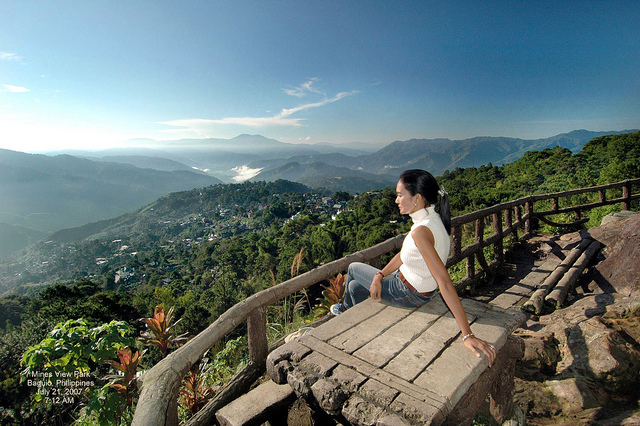
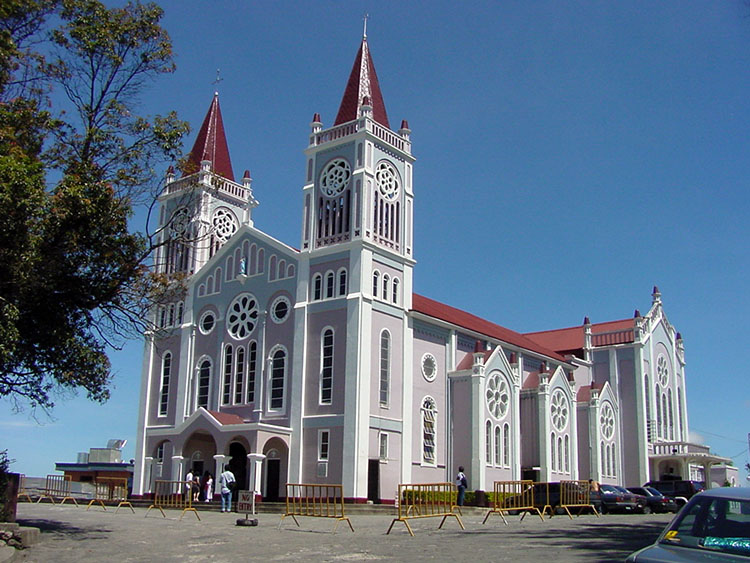
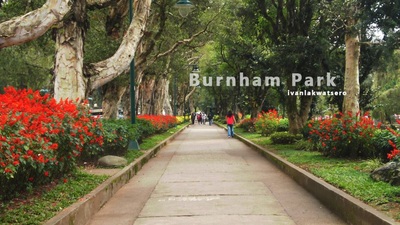
 RSS Feed
RSS Feed



